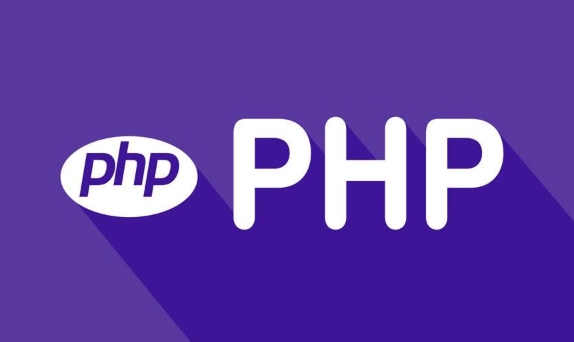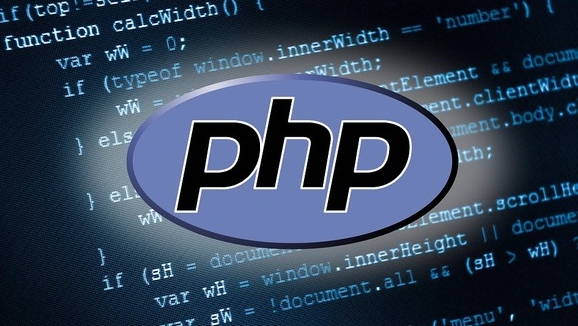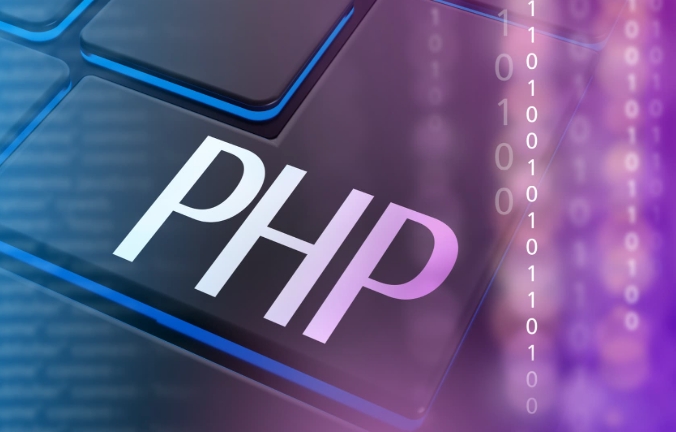To connect a PHP framework to MySQL, first set up the database with tools like phpMyAdmin or the command line by creating a database and user with proper privileges. Next, update the framework’s configuration file—like .env in Laravel, database.php in CodeIgniter, or doctrine.yaml in Symfony—with the correct host, database name, username, password, and port. Then test the connection using built-in commands such as php artisan migrate in Laravel or a simple query in CodeIgniter. Finally, use ORMs or query builders like Eloquent, Doctrine, or CodeIgniter’s own builder to interact with the database safely and efficiently instead of writing raw SQL.

Connecting a PHP framework to a MySQL database is a common task when building web applications. Whether you're using Laravel, Symfony, CodeIgniter, or another PHP framework, the general approach is pretty similar — it’s just a matter of where and how you set things up.

Here’s how to do it without overcomplicating things.

Set Up Your Database First
Before connecting your framework, make sure your MySQL database is ready. You can use tools like phpMyAdmin, MySQL Workbench, or just the command line.
-
Create a database:

CREATE DATABASE my_app;
Create a user and grant access (optional but recommended):
CREATE USER 'app_user'@'localhost' IDENTIFIED BY 'securepassword'; GRANT ALL PRIVILEGES ON my_app.* TO 'app_user'@'localhost'; FLUSH PRIVILEGES;
Once that’s done, you’re good to move on to configuring your framework.
Update the Database Configuration File
Most PHP frameworks have a configuration file specifically for database settings. The exact name and location vary by framework:
- Laravel:
.envandconfig/database.php - CodeIgniter:
application/config/database.php - Symfony:
.envorconfig/packages/doctrine.yaml
You’ll typically need to provide:
- Host (usually
localhost) - Database name
- Username
- Password
- Port (often optional, defaults to 3306)
For example, in Laravel's .env file:
DB_CONNECTION=mysql DB_HOST=localhost DB_PORT=3306 DB_DATABASE=my_app DB_USERNAME=app_user DB_PASSWORD=securepassword
Make sure there are no typos — especially in the username and password fields. A single mistake here will cause connection errors.
Test the Connection
Most frameworks come with a way to test if the database is connected properly.
In Laravel, you can run:
php artisan migrate
If the tables start creating, you’re connected.
In CodeIgniter, create a simple controller method:
public function test_db() {
$query = $this->db->query('SELECT 1');
echo "Connected!";
}If you get an error, double-check:
- Your credentials in the config file
- Whether MySQL is running
- If the user has correct permissions
Sometimes restarting Apache or PHP-FPM helps too.
Use ORM or Query Builder When Possible
Once connected, don’t write raw SQL unless you really need to. Most modern PHP frameworks include ORMs or query builders that help prevent SQL injection and make development easier.
Examples:
- Laravel uses Eloquent ORM
- Symfony works well with Doctrine
- CodeIgniter has its own query builder
They abstract away most of the low-level stuff and let you focus on logic instead of connection strings.
That’s basically all. It’s not complicated once you know where to change the settings, but it’s easy to miss a small detail like a typo in the .env file or incorrect user permissions. Just go step by step and test early.
The above is the detailed content of how to connect a php framework to a mysql database. For more information, please follow other related articles on the PHP Chinese website!

Hot AI Tools

Undress AI Tool
Undress images for free

Undresser.AI Undress
AI-powered app for creating realistic nude photos

AI Clothes Remover
Online AI tool for removing clothes from photos.

Clothoff.io
AI clothes remover

Video Face Swap
Swap faces in any video effortlessly with our completely free AI face swap tool!

Hot Article

Hot Tools

Notepad++7.3.1
Easy-to-use and free code editor

SublimeText3 Chinese version
Chinese version, very easy to use

Zend Studio 13.0.1
Powerful PHP integrated development environment

Dreamweaver CS6
Visual web development tools

SublimeText3 Mac version
God-level code editing software (SublimeText3)

Hot Topics
 What are some best practices for versioning a PHP-based API?
Jun 14, 2025 am 12:27 AM
What are some best practices for versioning a PHP-based API?
Jun 14, 2025 am 12:27 AM
ToversionaPHP-basedAPIeffectively,useURL-basedversioningforclarityandeaseofrouting,separateversionedcodetoavoidconflicts,deprecateoldversionswithclearcommunication,andconsidercustomheadersonlywhennecessary.StartbyplacingtheversionintheURL(e.g.,/api/v
 How do I implement authentication and authorization in PHP?
Jun 20, 2025 am 01:03 AM
How do I implement authentication and authorization in PHP?
Jun 20, 2025 am 01:03 AM
TosecurelyhandleauthenticationandauthorizationinPHP,followthesesteps:1.Alwayshashpasswordswithpassword_hash()andverifyusingpassword_verify(),usepreparedstatementstopreventSQLinjection,andstoreuserdatain$_SESSIONafterlogin.2.Implementrole-basedaccessc
 What are the differences between procedural and object-oriented programming paradigms in PHP?
Jun 14, 2025 am 12:25 AM
What are the differences between procedural and object-oriented programming paradigms in PHP?
Jun 14, 2025 am 12:25 AM
Proceduralandobject-orientedprogramming(OOP)inPHPdiffersignificantlyinstructure,reusability,anddatahandling.1.Proceduralprogrammingusesfunctionsorganizedsequentially,suitableforsmallscripts.2.OOPorganizescodeintoclassesandobjects,modelingreal-worlden
 What are weak references (WeakMap) in PHP, and when might they be useful?
Jun 14, 2025 am 12:25 AM
What are weak references (WeakMap) in PHP, and when might they be useful?
Jun 14, 2025 am 12:25 AM
PHPdoesnothaveabuilt-inWeakMapbutoffersWeakReferenceforsimilarfunctionality.1.WeakReferenceallowsholdingreferenceswithoutpreventinggarbagecollection.2.Itisusefulforcaching,eventlisteners,andmetadatawithoutaffectingobjectlifecycles.3.YoucansimulateaWe
 How can you handle file uploads securely in PHP?
Jun 19, 2025 am 01:05 AM
How can you handle file uploads securely in PHP?
Jun 19, 2025 am 01:05 AM
To safely handle file uploads in PHP, the core is to verify file types, rename files, and restrict permissions. 1. Use finfo_file() to check the real MIME type, and only specific types such as image/jpeg are allowed; 2. Use uniqid() to generate random file names and store them in non-Web root directory; 3. Limit file size through php.ini and HTML forms, and set directory permissions to 0755; 4. Use ClamAV to scan malware to enhance security. These steps effectively prevent security vulnerabilities and ensure that the file upload process is safe and reliable.
 What are the differences between == (loose comparison) and === (strict comparison) in PHP?
Jun 19, 2025 am 01:07 AM
What are the differences between == (loose comparison) and === (strict comparison) in PHP?
Jun 19, 2025 am 01:07 AM
In PHP, the main difference between == and == is the strictness of type checking. ==Type conversion will be performed before comparison, for example, 5=="5" returns true, and ===Request that the value and type are the same before true will be returned, for example, 5==="5" returns false. In usage scenarios, === is more secure and should be used first, and == is only used when type conversion is required.
 How can you interact with NoSQL databases (e.g., MongoDB, Redis) from PHP?
Jun 19, 2025 am 01:07 AM
How can you interact with NoSQL databases (e.g., MongoDB, Redis) from PHP?
Jun 19, 2025 am 01:07 AM
Yes, PHP can interact with NoSQL databases like MongoDB and Redis through specific extensions or libraries. First, use the MongoDBPHP driver (installed through PECL or Composer) to create client instances and operate databases and collections, supporting insertion, query, aggregation and other operations; second, use the Predis library or phpredis extension to connect to Redis, perform key-value settings and acquisitions, and recommend phpredis for high-performance scenarios, while Predis is convenient for rapid deployment; both are suitable for production environments and are well-documented.
 How do I perform arithmetic operations in PHP ( , -, *, /, %)?
Jun 19, 2025 pm 05:13 PM
How do I perform arithmetic operations in PHP ( , -, *, /, %)?
Jun 19, 2025 pm 05:13 PM
The methods of using basic mathematical operations in PHP are as follows: 1. Addition signs support integers and floating-point numbers, and can also be used for variables. String numbers will be automatically converted but not recommended to dependencies; 2. Subtraction signs use - signs, variables are the same, and type conversion is also applicable; 3. Multiplication signs use * signs, which are suitable for numbers and similar strings; 4. Division uses / signs, which need to avoid dividing by zero, and note that the result may be floating-point numbers; 5. Taking the modulus signs can be used to judge odd and even numbers, and when processing negative numbers, the remainder signs are consistent with the dividend. The key to using these operators correctly is to ensure that the data types are clear and the boundary situation is handled well.







